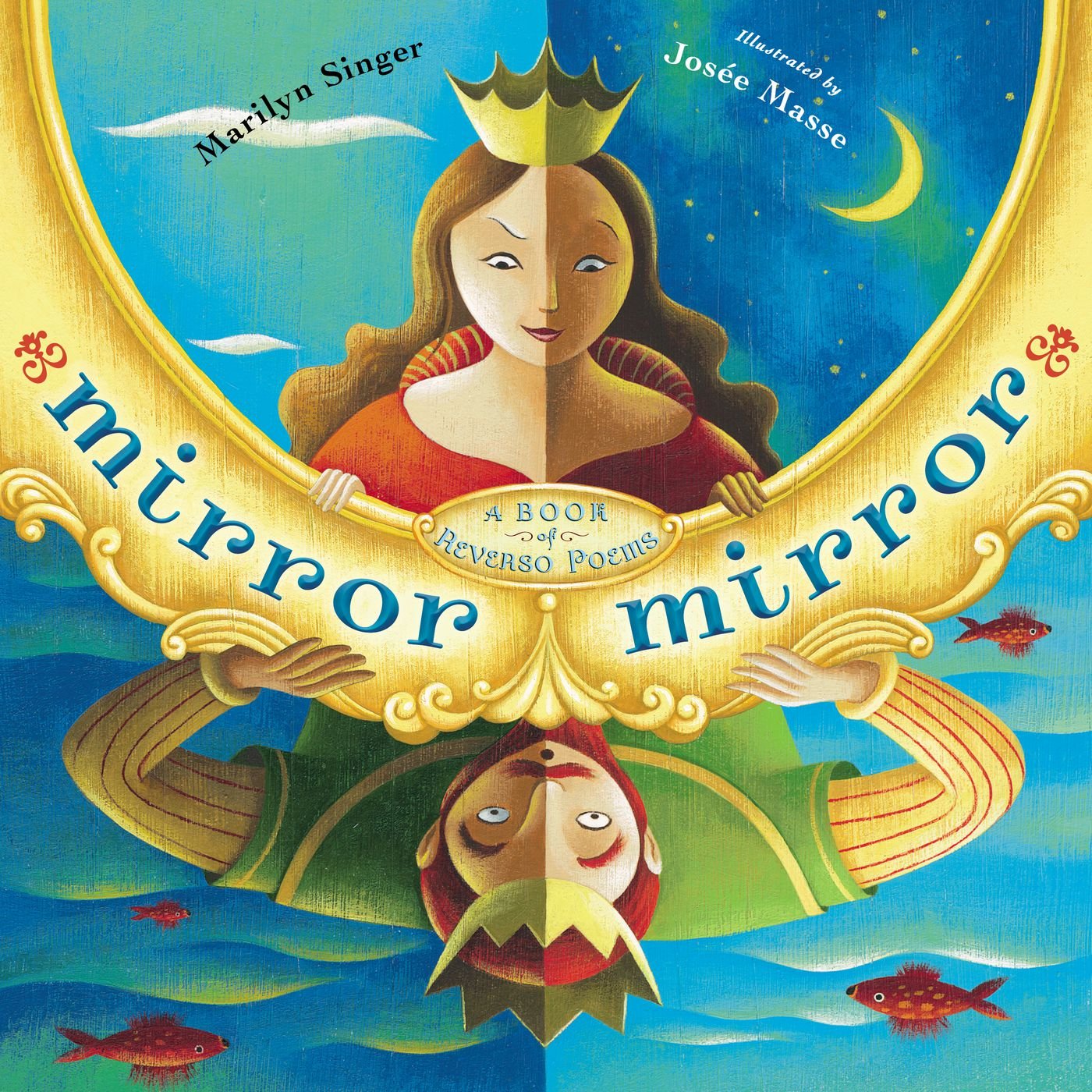This information was taken from an article Heidi Anne Heiner (of Surlalune) wrote for Faerie Magazine.
*****************************
 The earliest known manuscript of "Goldilocks" was a little illustrated book done in 1831 by Eleanor Mure made for her nephew's birthday. The story was referenced in 1813 as well so we know it's been around since before then.
The earliest known manuscript of "Goldilocks" was a little illustrated book done in 1831 by Eleanor Mure made for her nephew's birthday. The story was referenced in 1813 as well so we know it's been around since before then.
The older tales we know of centered around the bears, and the intruder was actually an old woman. The bears are the protagonists and the intruder the villain. Robert Southey's 1837 version of the story (which for years was thought to be an original story, before the Mure version was discovered) includes all male bears, whose voices were represented by different fonts. (This story makes a great music lesson plan for young children, as you can teach high and low sounds with the bear's voices).
Mure's tale has the bears attempting in vain to murder the old woman-their inability to do so probably because she was a witch.
The switch from evil old woman to adorable little gir began with Joseph Cundall in 1850, who, when explaining why he made the change, wrote that the tale was better known as "Silver-hair" (although the illustrations to his tale show a little brunette), and that there were already plenty of stories with old women.
 The name "Goldilocks" was first used in 1904 and made popular when the version by Flora Annie Steel and illustrated by Arthur Rackham appeared with the now-famous name in 1918. Gradually the three bears became a family and narrators became more sympathetic with the little girl. Sometimes she was punished, but the name of the tale is revealing, because it used to be called "The Three Bears" and is now known simply by "Goldilocks." To some, the little bear is the real protagonist. The change of sympathy from bears to little girl reminds me of the reversible verses from Marilyn Singer's excellent book "Mirror, Mirror" (Buy it now. No, seriously):
The name "Goldilocks" was first used in 1904 and made popular when the version by Flora Annie Steel and illustrated by Arthur Rackham appeared with the now-famous name in 1918. Gradually the three bears became a family and narrators became more sympathetic with the little girl. Sometimes she was punished, but the name of the tale is revealing, because it used to be called "The Three Bears" and is now known simply by "Goldilocks." To some, the little bear is the real protagonist. The change of sympathy from bears to little girl reminds me of the reversible verses from Marilyn Singer's excellent book "Mirror, Mirror" (Buy it now. No, seriously):ASLEEP IN CUB'S BED,
BLONDE
STARTLED BY
BEARS,
the headline read.
Next day
Goldilocks claimed,
"They shouldn't have left
the door
unlocked."
She ate the porridge.
She
broke
a chair.
"Big deal?
No!
They weren't there."
They weren't there.
No
big deal?
A chair
broke.
She
ate the porridge.
She
unlocked
the door.
"They shouldn't have left,"
Goldilocks claimed.
Next day
the headline read:
BEARS STARTLED
BY BLONDE
ASLEEP IN CUB'S BED.
Heiner mentions a related tale from 1894 in which the trespasser is a fox or vixen-the term "vixen" could help explain the transition from fox to a woman.
Illustrations-Anne Anderson, Arthur Rackham, Jose Masse


Hello, my name is John Witiw and I wrote that article on the Erase Una Vez movie that you covered in your blog a while back. I recently wrote an article on the history of Charles Perrault, for his birthday, that I thought you would be interested in:
ReplyDeletehttps://www.slantnews.com/story/2016-01-17-google-doodles-honors-the-man-who-wrote-these-classic-fairytales-charles-perrault
While I am here, I wanted to say, you certainly have an amazing blog!
Thanks for the interesting post! Well, I've always read it as "The Three Bears" or "Goldilocks And The Three Bears" and personally, my sympathy has always been with the bears - how would WE feel if we came home and found our breakfast had been sampled, the furniture broken and the intruder still asleep in one of the family beds? I might or might not call to cops, but I'd certainly make sure the silverware was in place!
ReplyDeleteHonestly, Goldilocks was never that sympathetic nor all that interesting. She's just a little girl who doesn't understand boundaries. Now talking bears who cook breakfast and use furniture, that's really something!
DeleteI guess it's good that not everyone automatically sides with a little girl over a bear family, although I think Goldilocks is still more sympathetic than an old woman, who at least should have known better.
DeleteIt's also interesting that in the Grimms' Snow White, the scene where the dwarfs find her reminds me a lot of Goldilocks, as each of the dwarfs ask, "Who has been sitting in my little chair?/Who has been eating from my little plate?" etc...Snow White is seen as sympathetic and in need, and we don't actually know Goldilocks' situation-why was she wandering in the forest alone? At least Snow White was considerate enough not to eat all of one dwarf's meal and break a chair.